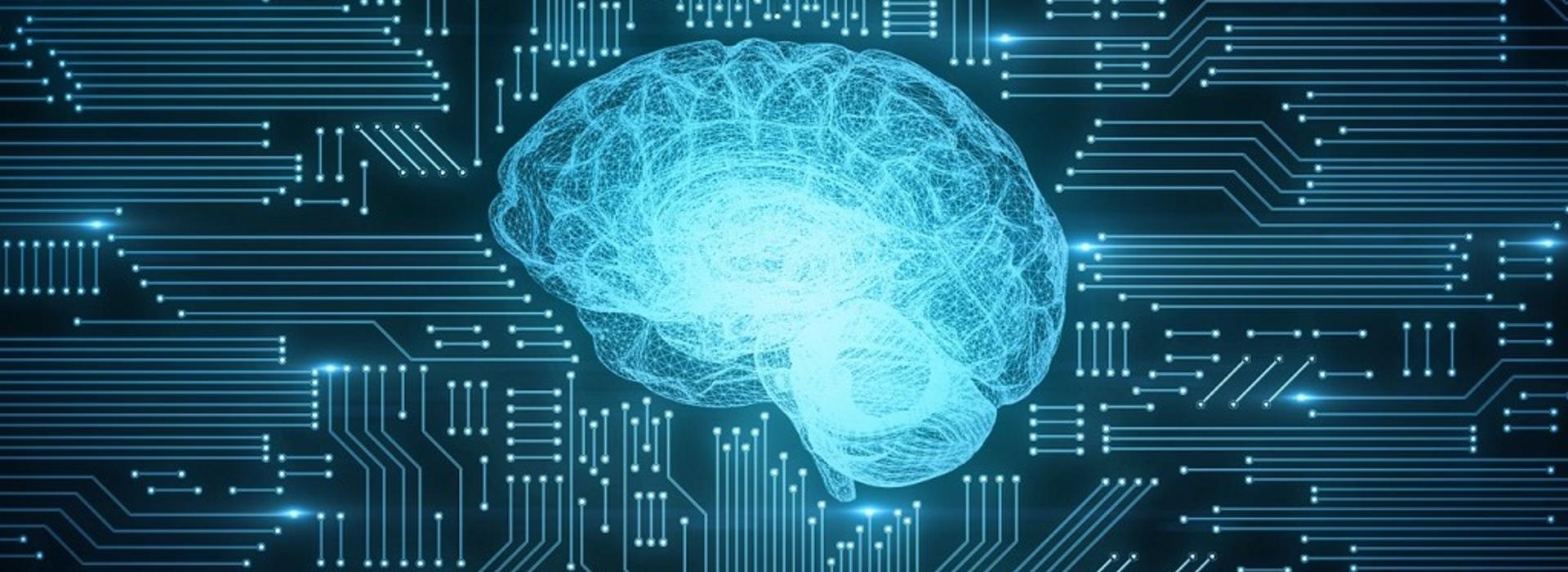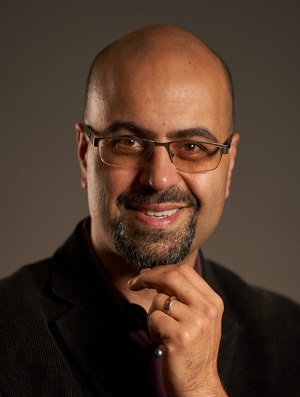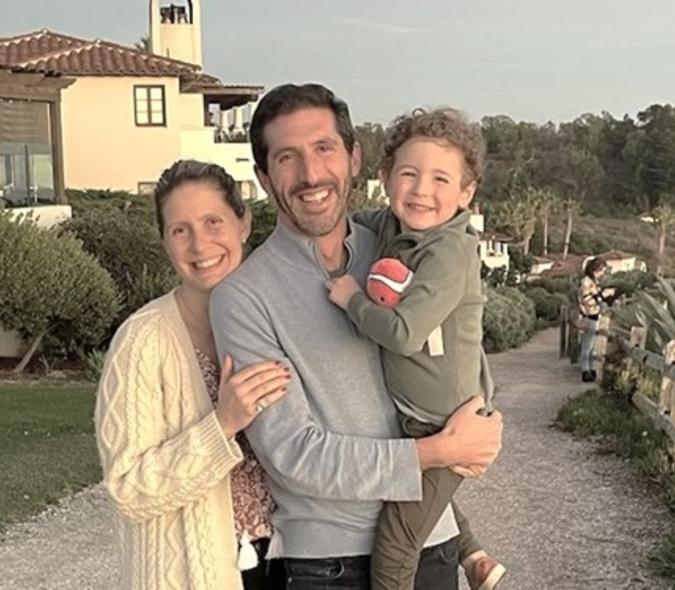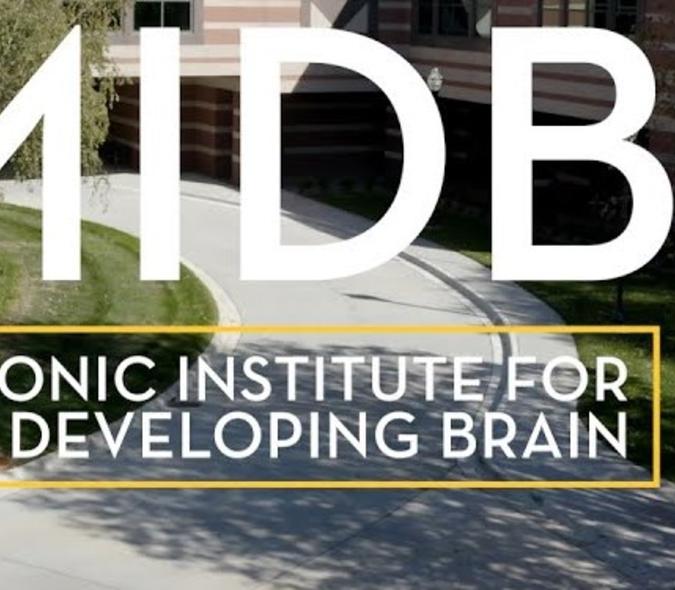
Can we do a better job of detecting suicidality? U of M team using a DARPA award to test the possibility.
University of Minnesota (UMN) Neuroscientist Alik Widge, MD, PhD, wants to better detect early symptoms of depression, psychosis, and suicidality, so treatment can be started as early in a condition’s trajectory as possible. “It’s exactly those early moments when getting someone therapy or mental health services could save their life or change the course of their illness,” he said. “We want to provide tools for early prevention and detection before things get worse.”
Thanks to a four-year award from the Defense Advanced Research Projects Agency’s (DARPA’s) Neural Evidence Aggregation Tool (NEAT) program, Widge is leading a university and industry collaboration to develop those tools. UMN team members include Michael Bronstein, PhD (from the Psychiatry and Behavioral Sciences Department’s Vinogradov Lab); Karrie Fitzpatrick, PhD (a Vinogradov Lab researcher and former DARPA support scientist); Scott Sponheim, PhD; from the Minneapolis Veterans Administration, and Melanie Goodman Keiser, PhD (Widge Lab program manager).
Reflecting an old truth
The project is titled, "Fast, Reliable Electrical Unconscious Detection," or FREUD. It is meant to reflect one of the oldest truths in psychiatry – a patient’s true level of distress is often lurking just outside their consciousness, according to Widge. “Many people aren’t fully honest with themselves about the severity of their symptoms,” he said. “We often want to pretend that we’re okay when we’re not. We fear the consequences of looking for and accepting help.”
Military Veterans are a population for which this seems to be true, especially those at risk of committing suicide. Rather than relying on the intuition of therapists to diagnose and treat mental health conditions that can lead to suicide in this population (and in civilians), Widge and his team are looking for the physical evidence – biomarkers – of symptoms that the patient might not be fully aware. “It’s taken this long for us to develop biomarkers for mental illness because people kept thinking about it incorrectly,” he said. “They tended to want to look for just one biomarker associated with depression, for example, but mental conditions are far more complex than that.”
Narrowing it to yes/no
Thinking about death, however, and suppressing that thought is a narrow, definable thing, noted Widge. “So is whether you’re hearing voices,” he added. “We’re narrowing the problem to something that can be measured with a yes/no answer.”
The team will use different technologies to directly detect electrical signals that occur in the brain and the body when someone encounters something with which they feel uncomfortable. “There is something a person wants to do, such as saying they’ve been hearing voices or thinking about killing themselves, but they’re afraid to admit it’s true, either to themselves or others, so they push it out of conscious awareness,” explained Widge. “That ‘push’ creates electrical signatures you can read from the scalp.”
Expert collaborators

For this work, the team is combining UMN’s expertise in psychiatry with the expertise of collaborators from the University of Washington in Seattle, and Worcester Polytechnic Institute in Massachusetts. “They are experts in artificial intelligence [AI] and machine learning, specifically in generalizable machine learning that can predict things in patients never seen before,” said Widge (pictured here). “Together, we want to build a system that can detect electrical activity in the brain and determine that the thing a patient just saw on a screen or was asked about indicates something they’re afraid to talk about.”
But what if the person’s answer to a question such as, “are you hearing voices,” is no? The researchers won’t take that at face value. “It doesn’t mean they’re lying; it just indicates something that should be of interest to the therapist,” said Widge.
Although the technology that Widge’s team will build over the next couple of years will not be a universal screener, it comes one step closer. “By showing that we can actually see these signals in the brain enables us to explain to society that they aren’t made up, something is actually happening in the brain that needs to be treated,” he said.
Industry partners
Widge and his team are working with two industry partners:
- Deliberate.ai is a company that specializes in facial and motion recognition. “They’re providing a sophisticated architecture that can scan a person’s face and note subtle muscle changes – if for example, the person is trying to hold a poker face in response to what they perceive as a difficult question,” said Widge. “It tells us which questions or computer prompts the person is uneasy about.”
- The team is also considering the scalability of what they’re building, which brings in the expertise of the second industry partner. Intheon’s mission is to make brain data analytics more accessible and reproducible by building cloud-based software pipelines that can be copied and cloned at new sites, according to Widge. “We’re excited about this because having easy-to-use, easy-to-scale technology will help us share our data with other labs and make it easier and less costly for them to use it,” he said. The system is also fully HIPAA compliant. “We are very sensitive about protecting study participants’ data,” said Widge.
Rigorous science
For the first two years, the team will develop its initial approach, collect recordings, build the machine models, test them, and show what they can and cannot detect. “Two years from now, we will lock the system down and do a pre-registered study,” said Widge. “The goal is to replicate it in a new set of people without changing anything. This is a DARPA requirement and is expected in rigorous science.”
Widge predicts that companies wanting to run a study about a new medication for depression, for example, could use this new system. “If we can assure them that there is an objective biological marker of neural change associated with suicidality, and we can show their drug is changing that target directly – even on day three when the patient still feels bad – you can show the patient a report that acknowledges how they feel while telling them that their brain is changing and that they will get better,” he said. “Think about what your oncologist does. He shows you that your tumor is getting smaller, that the treatment is working – and it gives you hope. There is no method I can prescribe, no brain stimulation I can run, that’s better than hope.”
Playing to UMN strengths
The protocols they will take participants through play to two UMN strengths. “We are very good at treating people with severe, treatment-resistant depression,” said Widge. “And the Minneapolis VA Medical Center has a Program of Excellence in Psychosis – the experience of hearing voices, having delusions – which often starts when people reach military age or during military deployments.”
When it opens, the research team will enroll 190 participants for the clinical study. Enrollees will come to the study center, wear an electroencephalography (EEG) cap that records their brain’s electrical activity, and sit in front of a camera that tracks facial expressions while they watch a computer screen. They will be shown a series of stimuli – images associated with death or suicide, or with hallucinations. They will also see words and phrases about uncomfortable things such as death or dying.
Calibrating the signals
As a contrast, they will see less uncomfortable things, such as images and phrases associated with living in the Twin Cities versus images of New York City or an international capital that they’ve probably never been to. “That helps us calibrate their reactions,” said Widge. “By showing them familiar images that they can recognize, their reactions become the control signature for things that are in the person’s brain. If we see the same kind of signals from things like death or suicide, that gives us a clue that they have real familiarity with those topics.”
“For those who have depression,” continued Widge, “we can start treating them during the study and within one to three months, see them get radically better. We’ll call them back and have them do the EEG test again and explicitly look for changes in their brains. If the markers we’re discovering and the computer models are real, we should be able to show the electrical signature of that progress.”
Feedback important
The team will adjust the study’s process based on what participants say about it. “If there is something they don’t like, we’ll change it because we need their feedback,” said Widge.
With this project, Widge believes it is possible to get to a proof of concept. “It will be a prototype, not a full working technology,” he said. “Then we have to go the rest of the way by talking to funders like the U of M Foundation and the National Institutes of Health.”
Widge and his team kicked off the FREUD project this spring.
Learn more:
- New Cognitive Science Tool to Shed Light on Mental Health (DARPA website)
- DARPA’s now testing a new method to identify service members at risk of suicide (Federal News Network)



